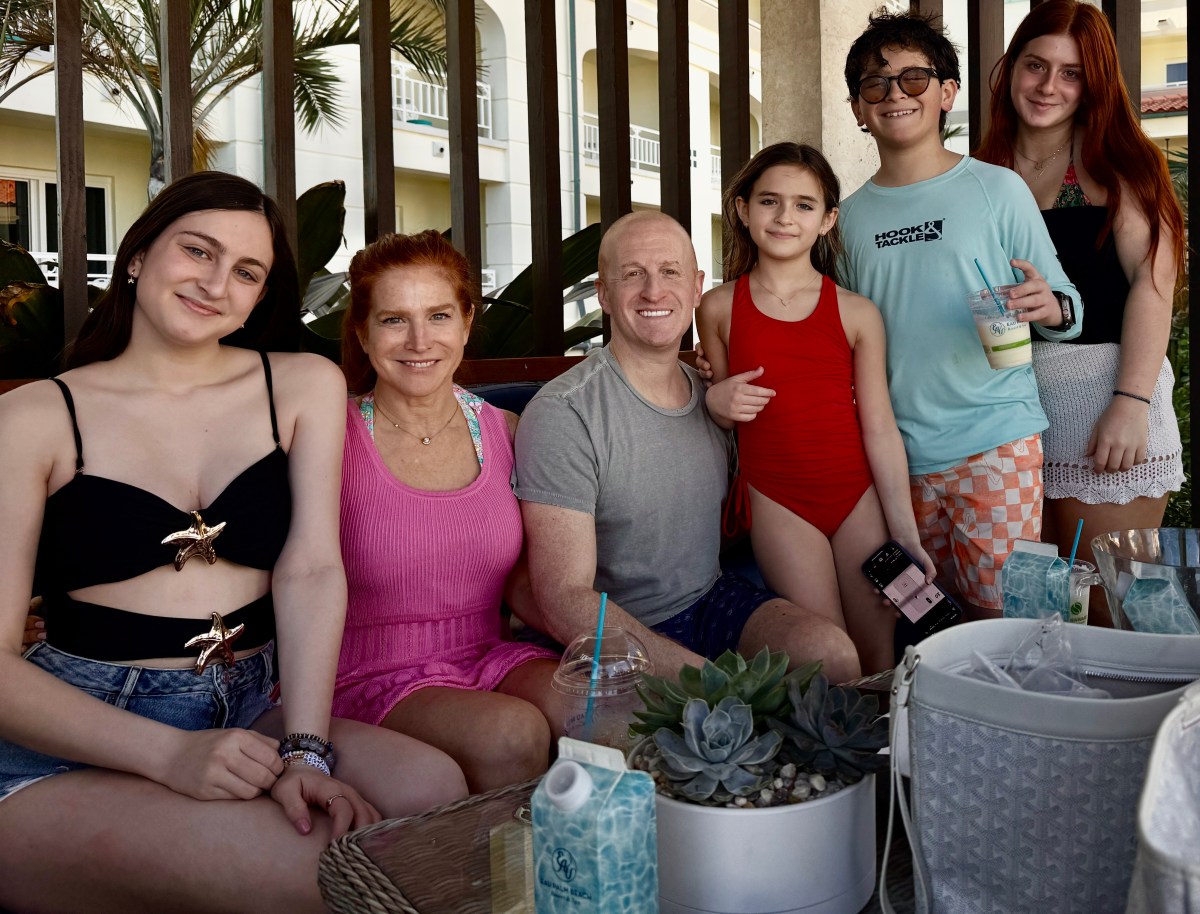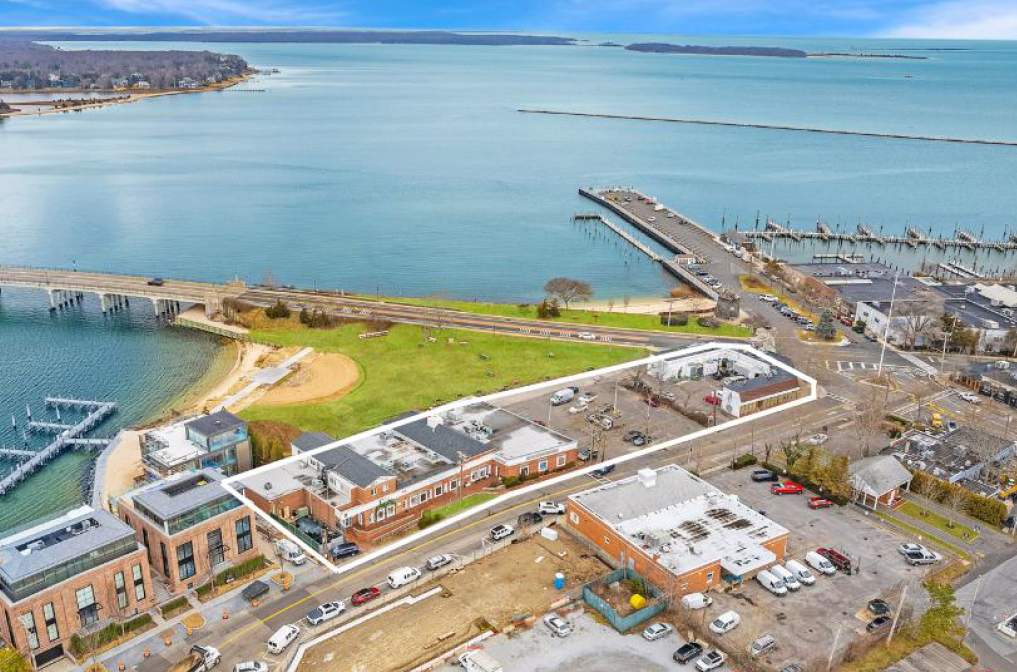A View From The Garden: Bringing a Garden Back to Life
My own poor garden has been sorely neglected for the past few years—the shoe maker’s children going barefoot syndrome—but I now feel compelled to resurrect it and restore it to its former glory. Maybe this is related to all of the plants I see that I would like to plant or maybe it’s just guilt. Probably some of each. I do like plants that are not commonly used and I like to plant them to get to know them and see how they do in this area.
There are two large aspects of the garden that need attention before I can begin collecting “specimens.” The first and most important is replacing the irrigation system. I installed one years ago with drip hoses that worked very well but is now dead. Having a reliable irrigation company install a system is the easiest way to go. My way is less expensive but time consuming and labor intensive. Maybe this is why I have neglected doing it, but now the plants are suffering and I must “bite the bullet.”
There are many separate beds in my garden so installing irrigation takes some engineering. I lay the hose in each bed and connect the beds using a regular garden hose of very good quality that’s buried between each bed. The same good quality garden hose is laid underground to the first bed on a series of beds. I then connect it to a manifold on the spigot that can handle four hoses. Other lines can be added by using Y-splitters. The trick is to figure out how many beds can be connected so that the last bed on the line gets enough water. Timers can be added to automatically turn the water on and off, but I like to do this manually according to need.
After irrigation, I must replace fences that were built at least 15 years ago. The cedar ones are in better shape than the stockade type, but both
must go.
Having a good fence company is the easiest way to go. My way is, again, less expensive and more labor intensive. Most of the 4x4s I used years ago are still good, and I will attach the new fence sections to them. I want to “connive” a way to isolate the back area of the yard from deer as a family of five has moved into the neighborhood.
If I can eliminate the deer from the back, I will be able to plant hostas again. There are some amazing ones that I would like to have. I would like to plant limelight hydrangeas. They make huge clusters of flowers that look like clouds when in bloom. There are several macrophylla hydrangeas of colors not commonly used that I would plant. I would plant a couple of David Austin roses, my favorite rose breeder, and great clumps of phlox in exotic colors! And I would take a chance and plant some tulips!
In preparation, my co-worker Josue and I have cleaned the garden. Leaves from last year cover the ground under shrubs and in some beds. We transplanted some trees that outgrew pots to a permanent home. We removed the root ball of a pear tree that was blown over last year. The Mrs. Robert Brydon and Betty Corning clematis (two of my favorites) have been cut to the ground. They will grow to fill their circular wire homes quickly and bloom wonderfully by mid-summer. The very old phlomis had to be severely cut back, but there’s a good-size segment to produce
new growth.
I built this garden when I had three days per week free from my job. Now that I work five to six days per week, I will need to remain compelled. Hopefully the prospect of those special plants in the garden will keep me going.
Jeanelle Myers is a professional gardener, landscaper and consultant. For gardening discussion, call
631-434-5067.



